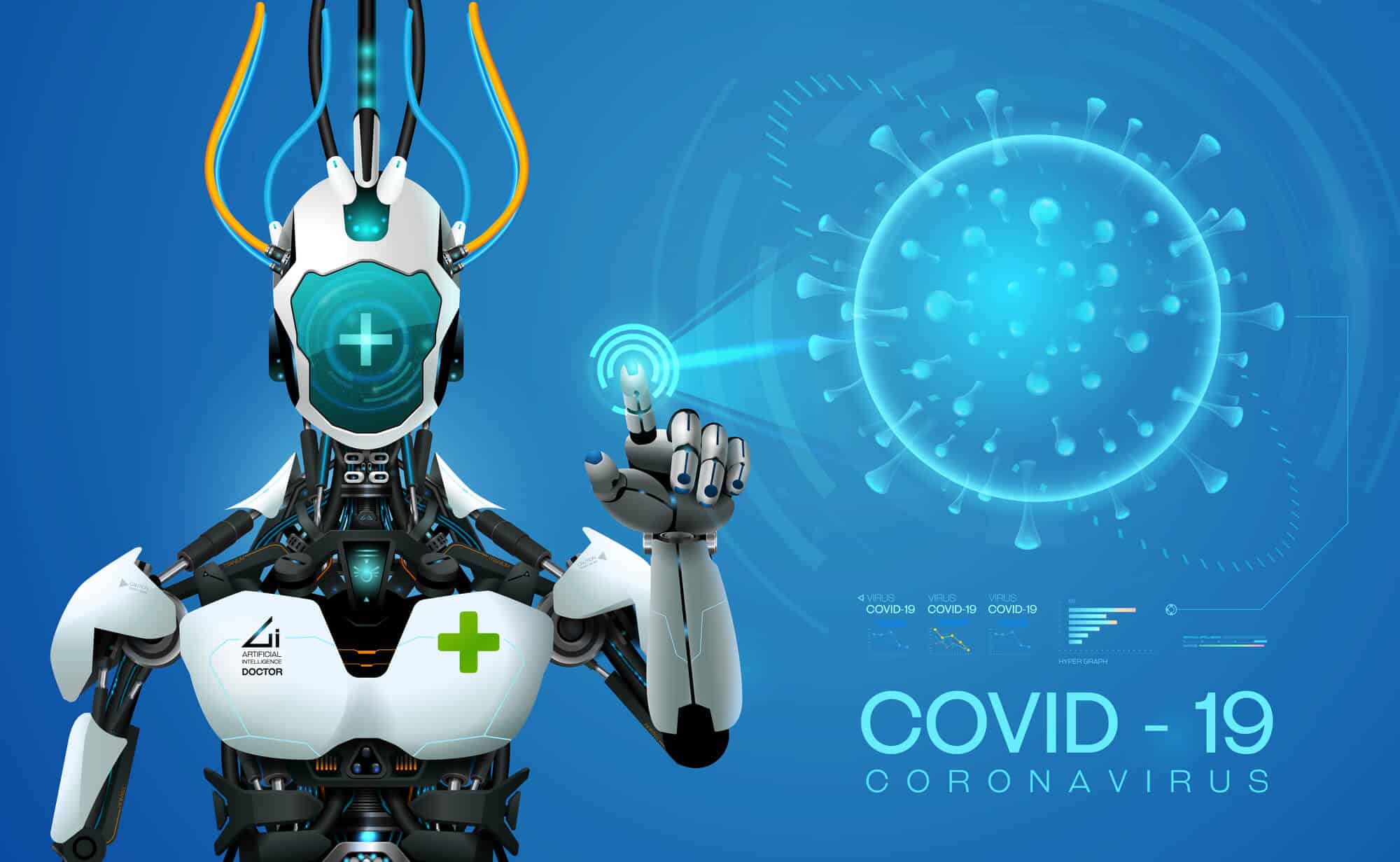IBM's artificial intelligence model was able to find compounds that bind to different sites on target proteins against the corona disease caused by the covid virus and this without knowing the mechanism of the attachment of the virus to the cell
Translation: Dr. Moshe Nachmani

An artificial intelligence model was able to identify possible antiviral compounds that bind to the corona virus [Sars-CoV-2], this only from the sequence information of the target proteins - without knowing at all what the three-dimensional structure of the protein is or knowing in advance known binding sites.
Researchers from IBM and the University of Oxford (UK) "taught" a generative artificial intelligence model called 'CogMol', part of a broader IBM model [MolFormer-XL model], to use general knowledge about proteins and their binding properties. In the next step, they used this model to identify possible antiviral agents to combat the corona virus [Covid-19]. The pool of proposals obtained with the help of this model was further narrowed down by IBM's Neural Network [RXN] in order to identify those that could potentially be synthesized in practice. The most promising compounds were synthesized by a contractor in Ukraine and tested against the virus. The researchers explained that it took only a few weeks, using a minimal amount of knowledge, to find new inhibitors for harmful viruses," explains Payel Das, director of IBM's Artificial Intelligence Sciences Department. In light of the fact that the CogMol model does not presuppose anything regarding the structure of the target protein, or the binding sites in the protein, it is able to predict molecules that can bind to different sites, a fact that could be useful for developing drugs that would be more resistant to mutations in the target virus.
Combining this model [CogMol] with other artificial intelligence algorithms allows the research team to focus on the thousands of initial proposals for molecules with properties more similar to drugs, as well as those that can be synthesized quickly. In the next step, the researchers chose eight compounds that could be synthesized - with four of them focusing on each of the spikes of the corona virus and the main protease. In laboratory experiments, two such compounds out of four were able to inhibit their corresponding protein targets. The main researcher claims that even this delay rate of fifty percent, in light of the speed and simplicity with which the model was activated - implies that "this type of technology may help humanity to scan the world of chemistry and quickly assess many possibilities. In addition, from such research it is possible to identify new mechanisms for activating/deactivating this innovative pathogen".
The IBM researchers fed into the [CogMol] model the sequence of the spike proteins and the main protease in order to try to match them to possible antiviral substances. While other artificial intelligence programs require structural data or a view of the molecules in order to predict their properties, the input of this model [CogMol] is simple strings of characters related only to the sequence of the protein. "Our method does not provide any structural prediction, nor conclusions regarding the link areas or other physical structures," explains a principal researcher at IBM. In addition to the molecules selected for synthesis, the research team computerized other proposals of the model, in order to identify where and how the compounds would structure towards the target proteins. They found molecules that could bind to yet-to-be-explored sites on the tips of the protein. "We were surprised to find that the molecules do not react with the usual target sites tested previously, but with the binding complex of the receptor, a fact we did not think could be possible," said the lead researcher.
The researchers explain that alternative binding sites for antiviral agents - away from the binding site where the protein binds to its normal biological target - may be less sensitive to mutations as the virus evolves, a fact that could reduce the need for the development of new drugs in order to fight the rate at which viruses mutate. The researchers expect to continue with laboratory experiments to test the antiviral properties of these promising compounds.
IBM has already partnered with the pharmaceutical company Moderna in April 2023. Moderna is looking for new antiviral drugs against SARS (Severe Acute Respiratory Syndrome) and other viruses, so the use of this IBM model can accelerate this discovery and development process.
More of the topic in Hayadan:More of the topic in Hayadan:
